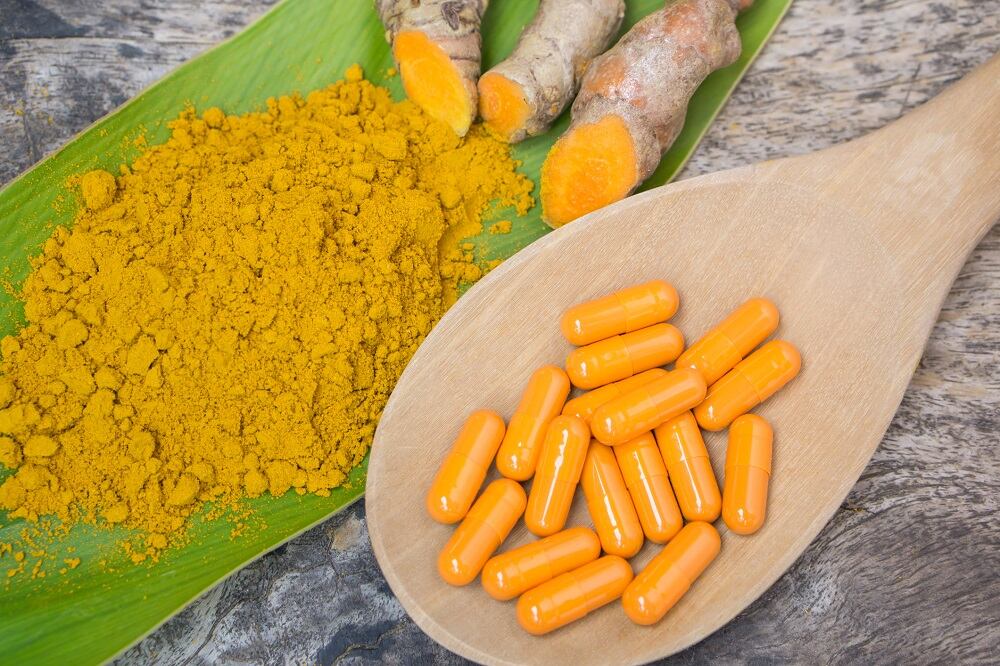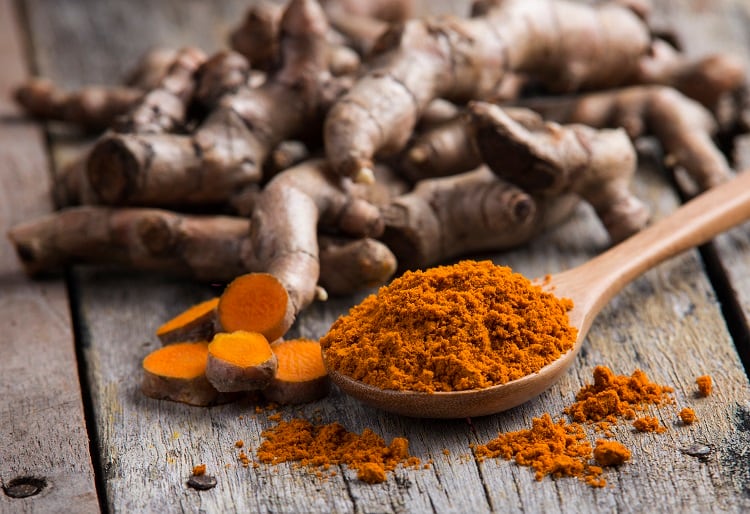India is the leading source of turmeric, but the country’s erratic weather has caused prices to fluctuate in recent years. Last year, some regions experienced a drought, while this year, many crop fields flooded.
The issue was highlighted in a recent article by Bill Chioffi for the Sustainable Herbs Program. The article covers the recent floods in India, the turmeric harvest, and how climate change is impacting the crop.
Climatic conditions have fluctuated greatly in India in recent months and years. Sangli is a leading turmeric hub that is under water, while bone-dry weather in Marathwada, the major growing belt in Maharashtra, has raised concerns over yield.
Suresh Kumar Lakshmikanthan, Global Head, Human Health Business at Natural Remedies in Bangalore, India, told NutraIngredients-USA that about 20% less yield is expected this year due to water logging in several parts of Maharashtra, Kerala and Karnataka, where crops were damaged. As a result, turmeric raw material prices have increased by 10% in anticipation of poor yields. So what does that mean for supply?
"An estimated 5000 tonne of turmeric crop is damaged. Therefore, the market may face short supply in the near future. Industry foresees a capacity crunch this year,” says Lakshmikanthan.
But, he adds, “American consumers need not be concerned about the supplies of turmeric extracts from India. Turmeric will continue to be one of the highly preferred-after herbs among the customers because of the multiple goodness it offers to the customers.
“Turmeric is one of the most important herbs grown in several parts of India. If one region is flooded, major companies like Natural Remedies have built inherent strengths and capabilities in the supply chain area over several decades to ensure uninterrupted supplies. Through our vast network of farming partners based across India, we will continue to be the reliable suppliers for major nutraceutical companies.”
Not everyone is affected
Sabinsa markets a patented C-3 Curcumin Complex. VG Nair, Director, and CEO, of Sami Labs Ltd., which is the parent company and manufacturing arm of Sabinsa, missed the devastation.
“Fortunately for us, the areas under our contract farming cultivations in the states of Tamil Nadu and Telangana are not affected by the floods. Consequently, there is no major impact on the prices of turmeric for us due to floods.”
For those who are experiencing difficulty in the fields, Nair pointed out that there’s a crop insurance policy in place through the Indian Government, designed to support the farmers in distress.
Turmeric is a long-gestation crop sown in June-July with harvesting after 7-9 months, depending on the variety. India’s new turmeric supply is expected to enter in the spot market in February 2020.
Turmeric & curcumin

For thousands of years, the golden spice has been India’s not-so-secret weapon. Now, curcumin has science to back up its many benefits. The powerful anti-inflammatory agent found in turmeric, contains compounds with medicinal properties. Growing research suggests the spice and medicinal herb has potential to do everything from prevent Alzheimer’s disease to improve symptoms of depression.
Most curcumin found in supplements comes from India, where their turmeric exports reached $236 million in 2018. North America has emerged as the largest market for the commodity, according to Trade Promotion Council of India (TPCI).
Indeed, demand has been gaining momentum in a number of developed countries as well, a trend that’s expected to significantly benefit the market. Curcumin has been the top-selling dietary supplement in the natural channel in the US since 2013.
According to the 2017 Herb Market Report published by the American Botanical Council (HerbalGram 119), sales of turmeric supplements in the natural channel reached $50.3 million (12% growth year-over-year). In the mass channel (MULO), sales were valued at $32.5 million (48% growth y-o-y).
Not everyone is keeping it real
When supply is low, another concern for is adulteration. Synthetic curcuminoids are available for about one-third of the cost, so fraudulent suppliers are diluting or replacing turmeric extracts with synthetic materials. According to a bulletin from Botanical Adulterants Prevention Program (BAPP), the spice is often sold in powdered form, making it more susceptible to mixing with extraneous, lower-cost botanical ingredients, starches, chalk powder, cassava, and synthetic dyes.
Lakshmikanthan says adulteration sometimes occurs with small traders and manufacturers to compensate for the shortage and price increase. Due to its high cost and widespread use, turmeric is likely one of the most frequently adulterated spices.
“The increased popularity of herbs like turmeric attracts producers and suppliers who are often more concerned about making a profit than they are about selling a high-quality botanical ingredient,” said Mark Blumenthal, founder and executive director of ABC and director of BAPP.
“While there are companies that produce and market high-quality, authentic, reliable turmeric powder and extract supplements, there are also adulterated turmeric ingredients on the market. The BAPP turmeric bulletin is designed to assist purchasing departments and quality control laboratories in the herb, spice, and dietary supplement industries in assuring that responsible companies purchase only authentic turmeric ingredients.”
Choiffi, an herbalist and director of Botanical Consulting International, told NutraIngredients-USA: “We hear of adulterated products, how did they make it to the marketplace? Well, not everything is being policed by third parties, and the FDA is only in so many manufacturing facilities. The office of dietary supplements within the FDA I think has 12 individuals working for it. So the staffing and the amount of work that they have to do just within dietary supplements is massive.”

